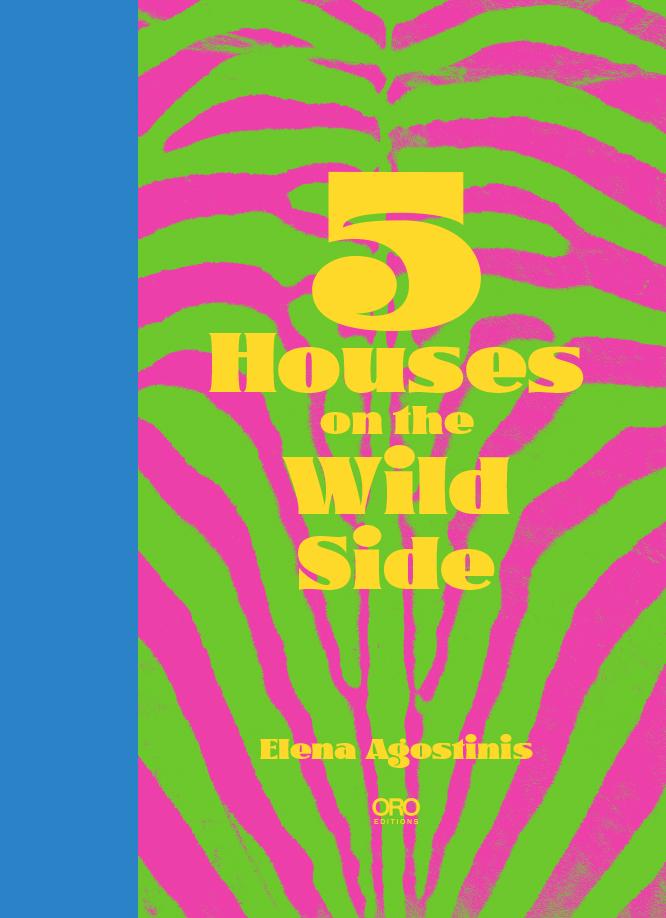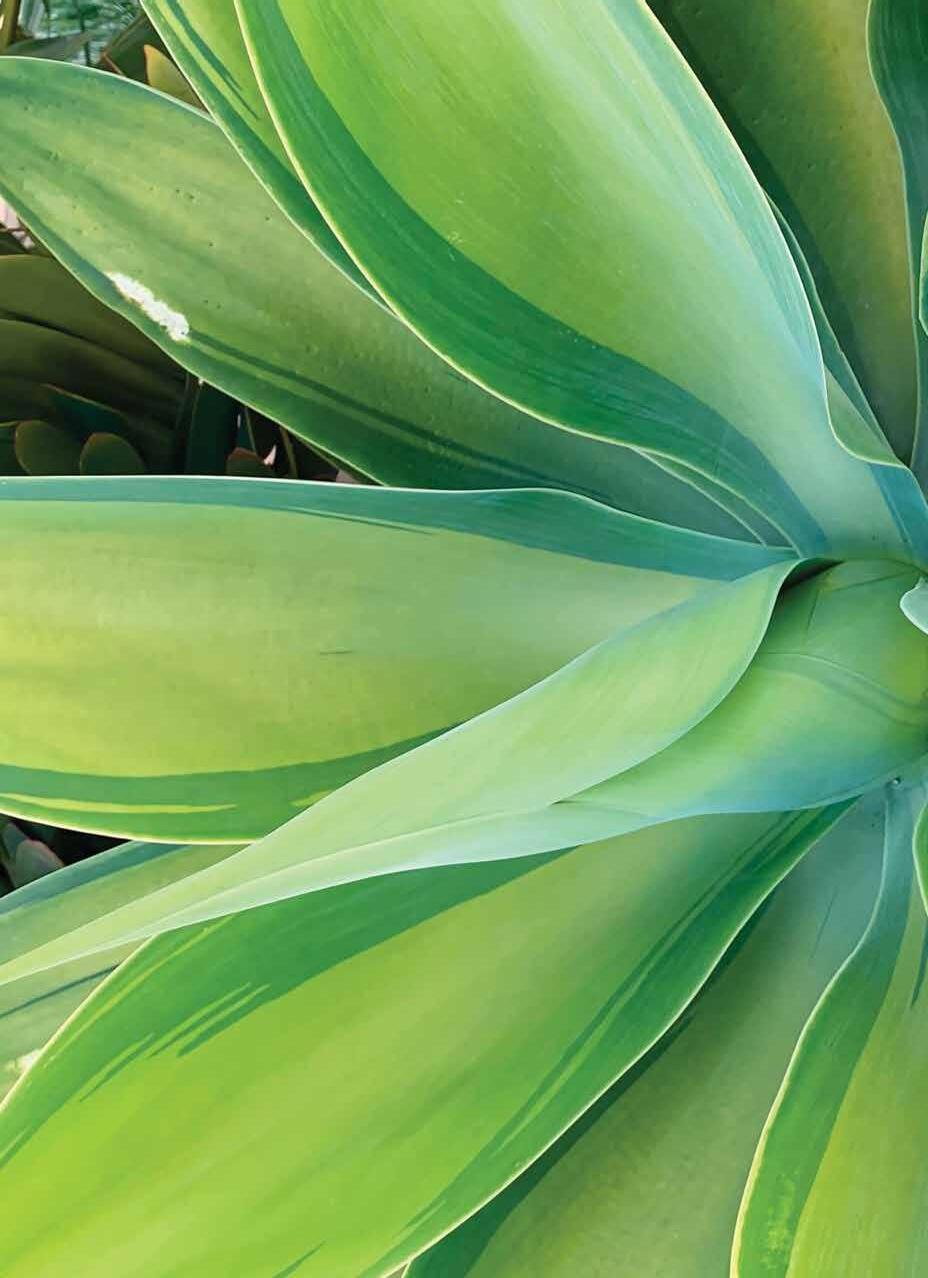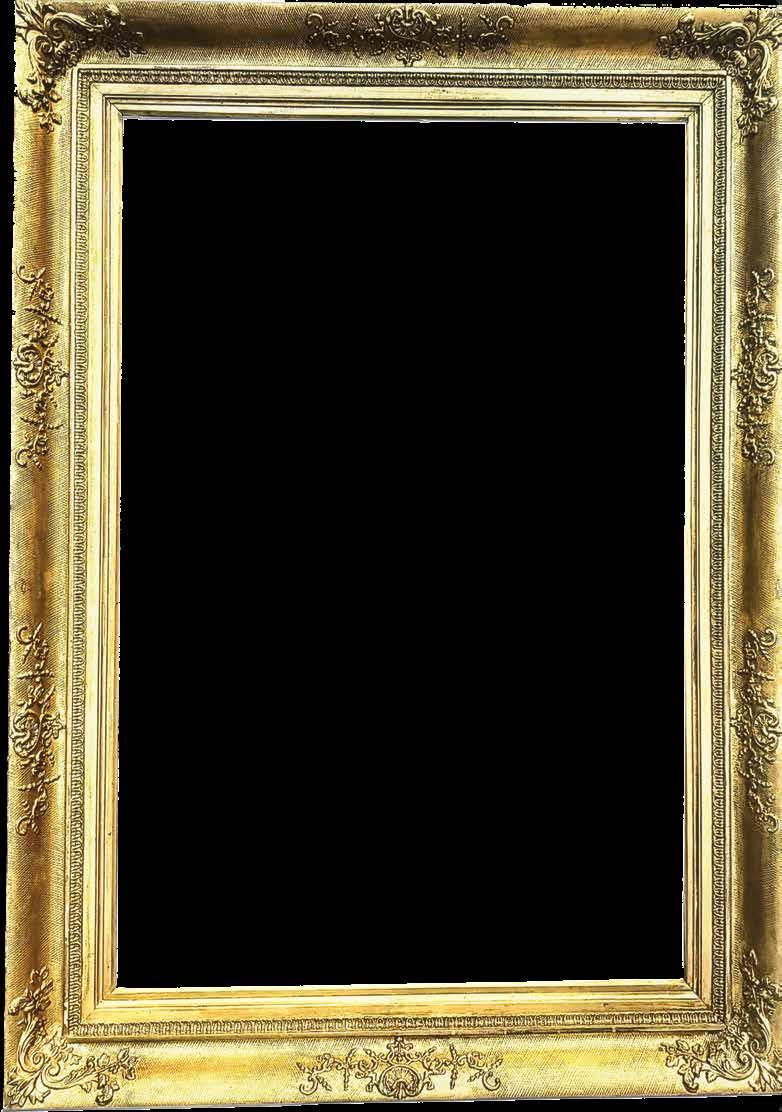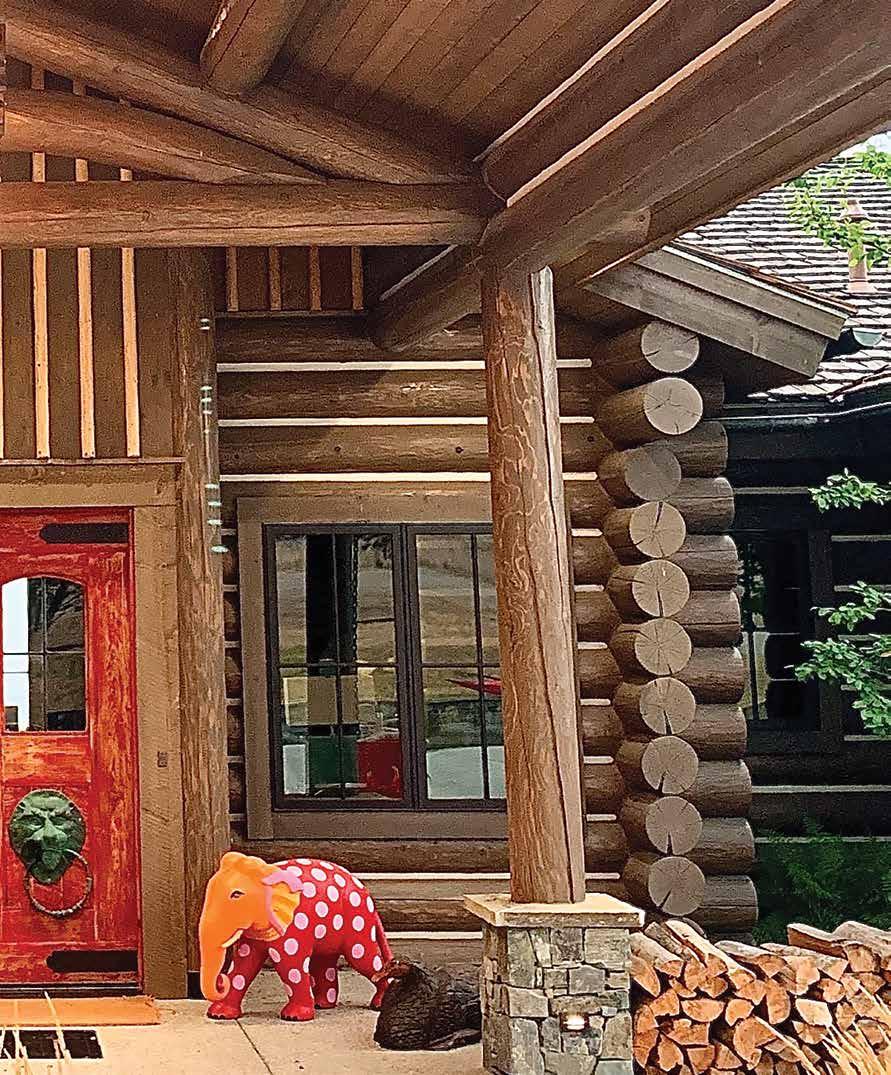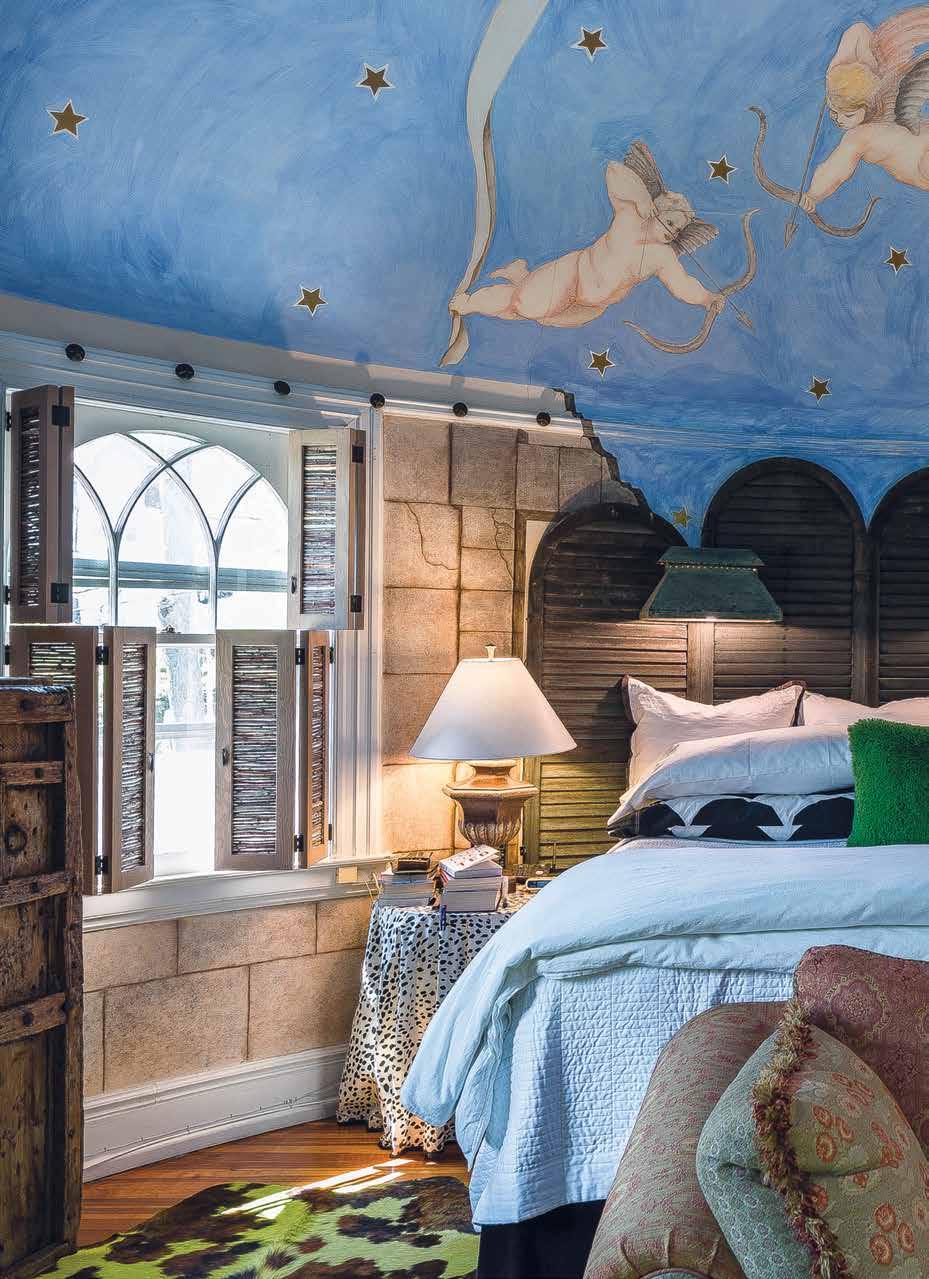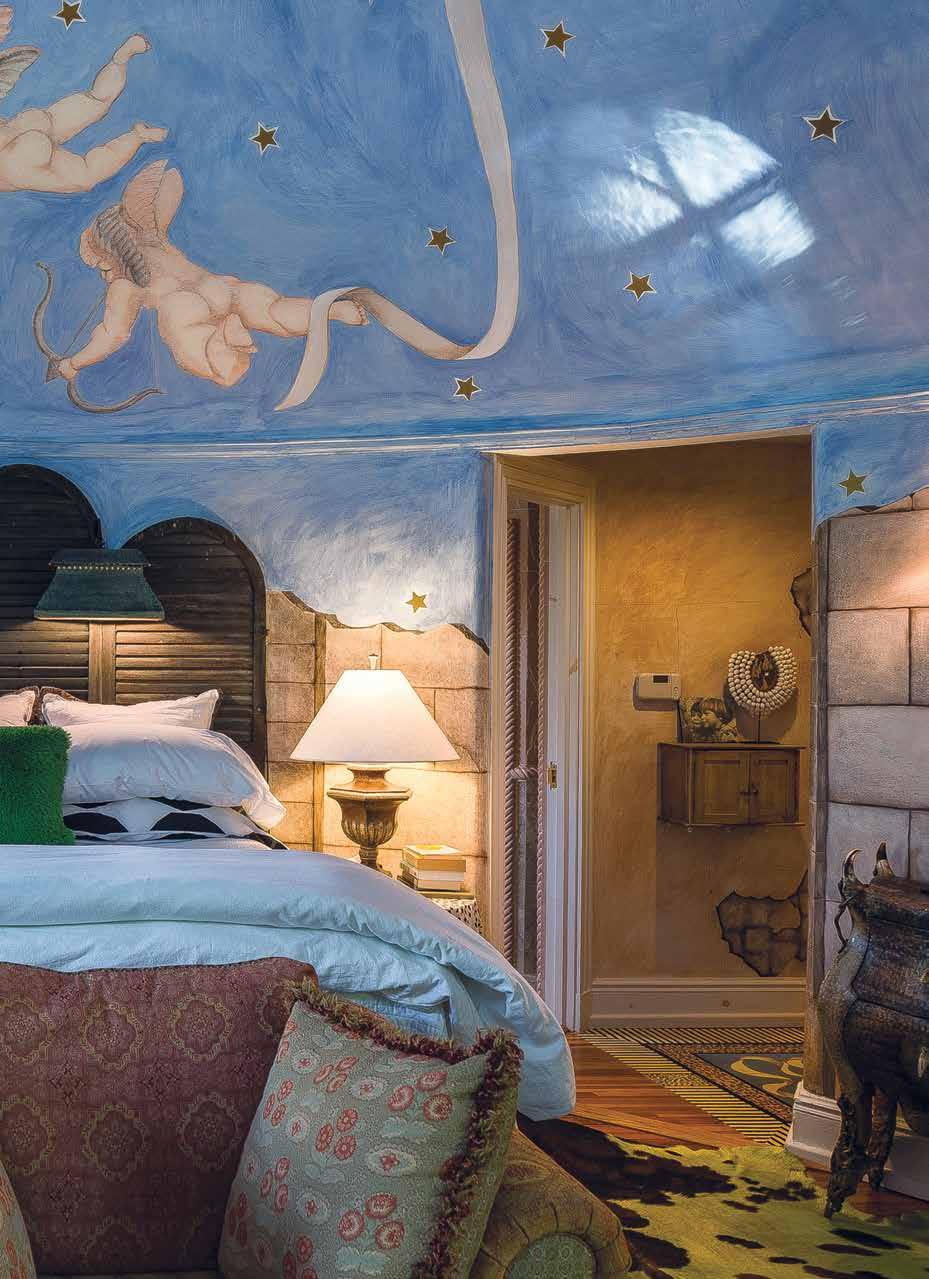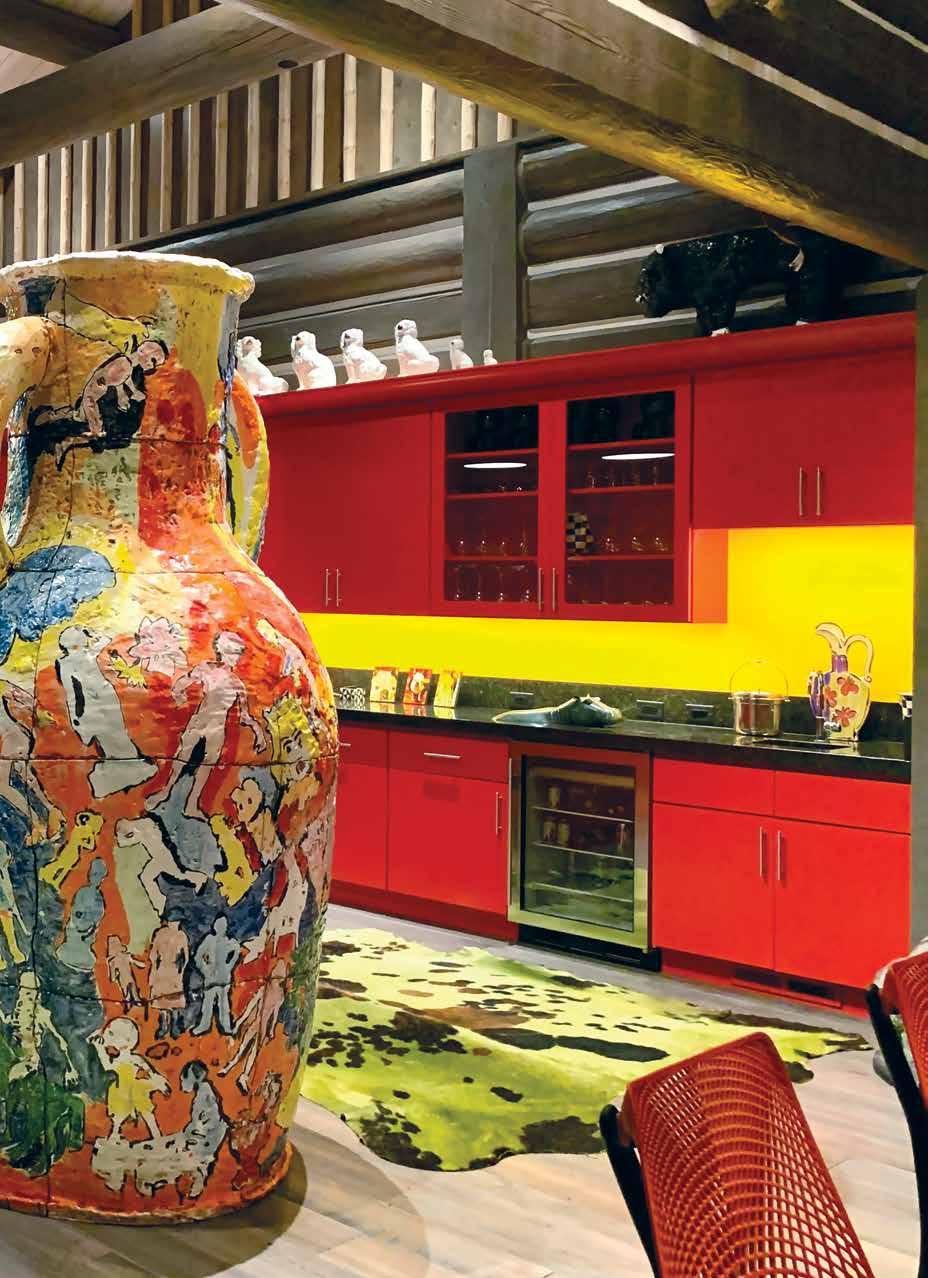Introduction 9
Two Stories 16
Tannersville, New York 21
How the Paint Project Worked 48
Valley View House, New York 67
House on the Sea of Cortez, Baja California, Mexico 117
The Condo at Querencia, Baja California, Mexico 223
The Log Home, Montana 321
Recipes 436
Acknowledgments 438
Credits 439
The day Elena Agostinis opened the first can of brightly colored exterior paint to drastically change the color scheme of her Upstate New York home, she had no idea her work would evolve into a much bigger story, one reported in The New York Times and featured on NBC’s The Today Show—twice.
The new color scheme caused locals to stream up the hill and into the woods to see what everyone was talking about, prompting Elena to appeal to the mayor of the small village of Tannersville, New York, population 450, to ask if she could paint some of the storefronts downtown. The colorful result led to a surge of curious tourists and suddenly a dying town was thriving. That was in 2003. From this meager beginning, the Tannersville Paint Project continues today, and the village is the recent recipient of a ten-million-dollar New York State award to continue its revitalization success.
Through her many passions, Elena looks at the world through a uniquely personal lens. This book showcases five of her houses that she has designed, from New York to Mexico’s Baja Peninsula. Elena’s eclectic style, with its unusual mix of colors, patterns, and carefully cultivated art, simultaneously excites and enlightens. Any visitor to her Montana “log cabin” is swept into an unexpected world of extraordinary views. Her inspiration may come from her Italian heritage (her father was an acclaimed Italian vintner), her South African childhood, or her love of contemporary art. This book is a way to share her unabashed vision.
Elena has been able to accomplish many things over the years while being married to her husband who worked on Wall Street: raising two active boys, owning three ladies' clothing boutiques and an art gallery—the latter in Tannersville, New York. Today she’s on the board of a US-based charity that offers free healthcare to the poorest in Uganda. She spends her time between Montana and Mexico.
Lori Ochsner writer/producer
Introduction
This book is a compilation of the interiors (and some exteriors) I’ve installed in our last five homes over the past 50 years as US residents.
My husband and I were both born and raised in South Africa, where bright, bold colors are a part of everyday life. One could say South Africans use color fearlessly, as reflected in their art, interior decor, clothing and jewelry, their cuisine, their descriptive language, and above all, in their colorful attitude towards life in general.
Within the following pages, I attempt to share the sense of fun and freedom from formality that evolves when a room is dressed in color, pattern, and texture. It is not only the rooms that benefit from this newfound freedom; the psyche of the entire household is affected positively as well.
A Note
Raised with a springbuck skin on the floor next to the bed or a zebra skin welcoming guests in the foyer, the use of animal skin mats as decor has always been popular in South Africa. These are practical folks who use what’s available at home (or at hand, as you will see), rather than paying a premium for imported goods. Over the years, wildlife management has played an increasingly significant role in maintaining the balance of nature in game parks and reserves. Buying skins today supports the critical self-funding process of wildlife management; it also supports the greater good of the game reserves where these animals live.
Elena Agostinis
Front doorway of the Montana log home
An outsider art version of the South African Big Five (lion, elephant, leopard, rhinoceros, and Cape buffalo) lines the road between the cabana and the house. Due to availability issues, we had to substitute the buffalo and lion with a kudu and giraffe. These metal animals were created and painted by the staff of Sam Zetler’s Mooiberge Farm Stall near Cape Town. The eye-catching menagerie of animals were used as scarecrows to protect the farm’s strawberry fields.
Outsider art is often associated with art made by untrained or self-taught artists, incarcerated people, those with disabilities, or individuals outside the cultural mainstream. It can also sometimes be referred to as “raw art” or art brut. The immediacy of this art form, along with its unpretentiousness, makes it one of my favorites. I’ll point out many other examples of an outsider art aesthetic throughout this book.
The second floor of a circular, three-story turret off the southeastern corner of the house formed part of the sunken living room. The floor below the living room held the boiler room and my studio, while the third floor made up the main bedroom, one floor above the living room.
The main bedroom was located at the top of the original tower. What we did not know, and what was not even mentioned in the sales brochure when we originally viewed the house, was that this room had a domed ceiling. It had been painted a bright white and looked like a completely flat, rather low ceiling. Once inside the room we became aware of an echo, which prompted my husband to toss a coin into the air. It fell to the floor without hitting anything; the room boasted a high, plaster, domed ceiling and no one had thought to point that out!
Soon after we moved in, I painted the walls to look like old, damaged stone walls and added a ledge to differentiate where wall met sky.
While shopping in Tlaquepaque for furniture for our newly constructed condo, I saw one of these crown-topped structures being used as a display for toddlers’ clothing. Measurements proved perfect for use as a headboard of full-size beds, so I bought one and ordered an exact replica. Two virtually identical versions arrived at the condo 10 days later, one old and the other seemingly so.
The view from the dining room towards the kitchen demonstrates the powerful impact created when art, color, and dramatic architecture combine.
We found the light fixtures over the island at a shop in Paris.
A large installation of these ceramic relief faces by artist Craig Paul Nowak (b. 1983) were at an alumni/student exhibit at the College for Creative Studies in Detroit, Michigan several years ago. The expression on each face, along with how the art pushed its way out of the background against which it was installed, was so innovative that I couldn’t resist buying a small selection of the installation. I love their effect against the log wall.
